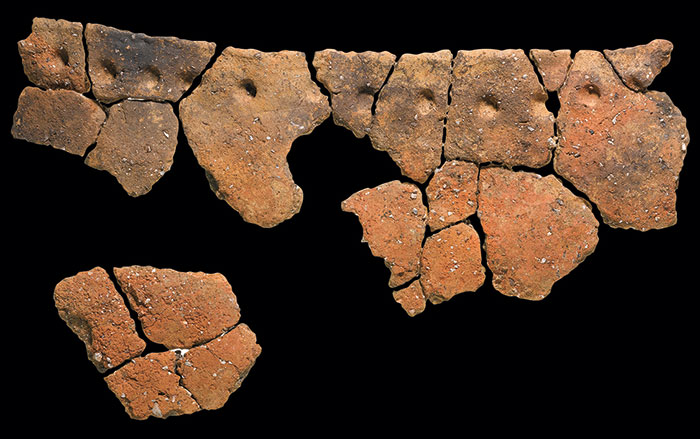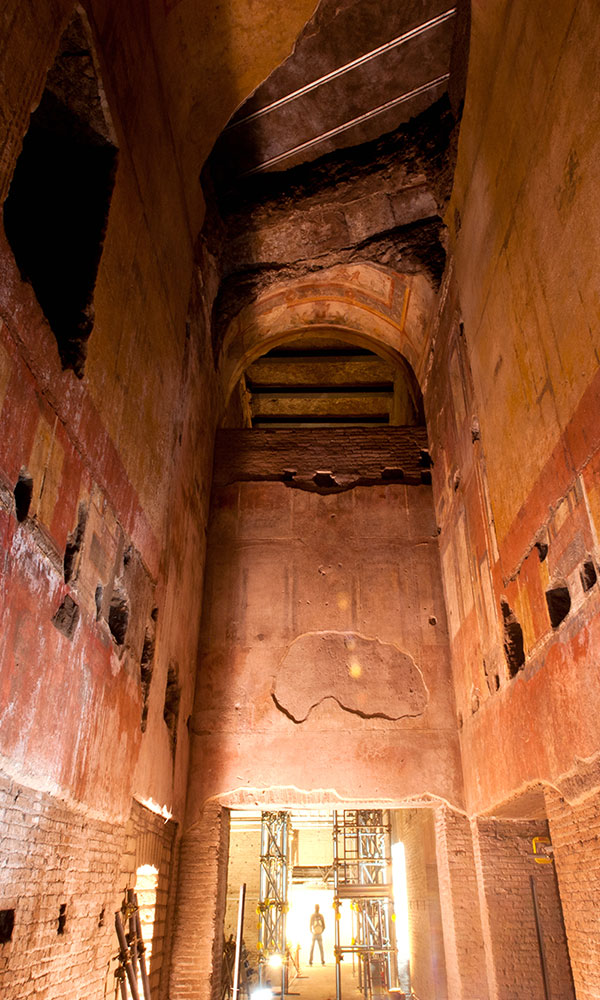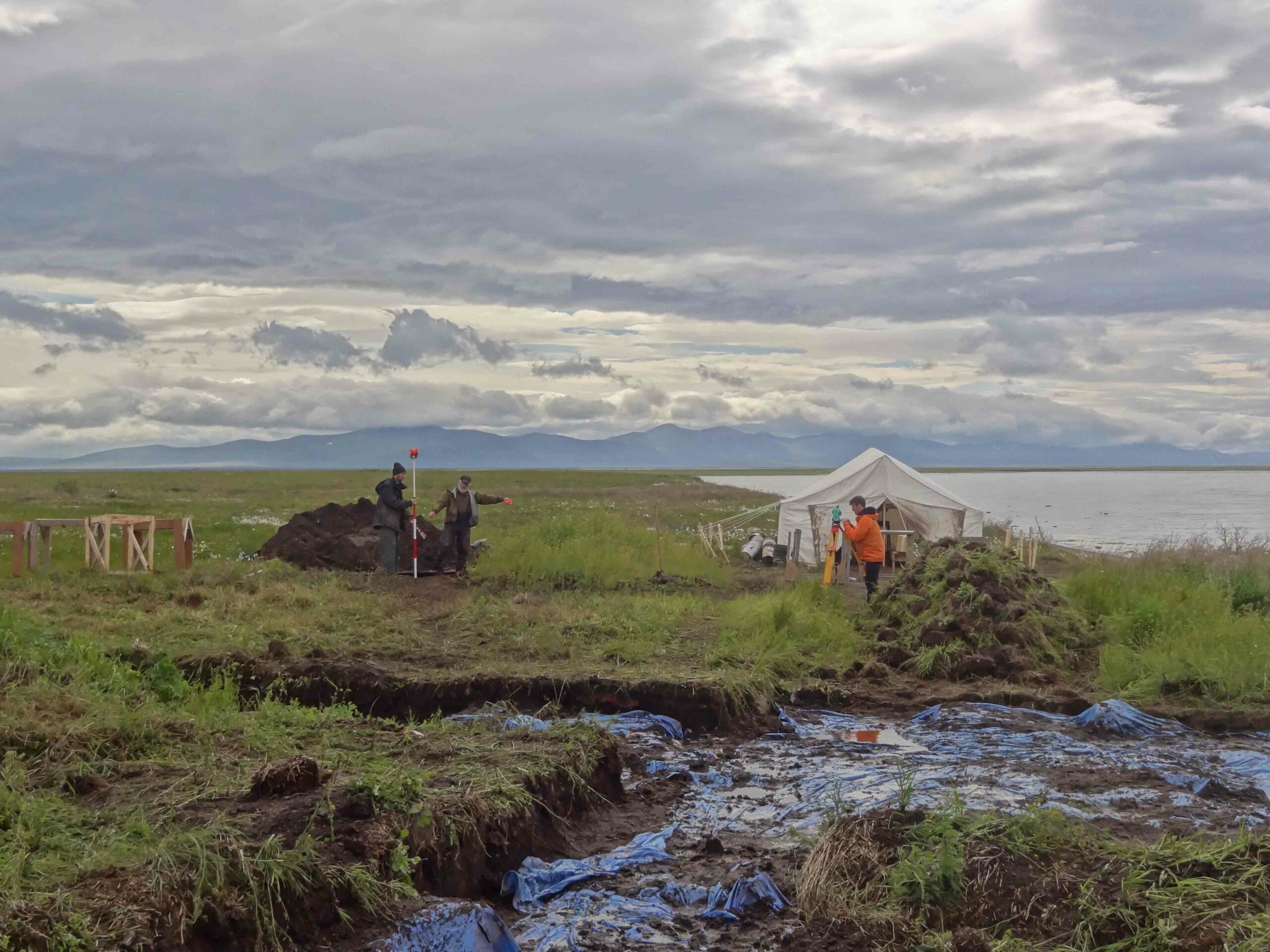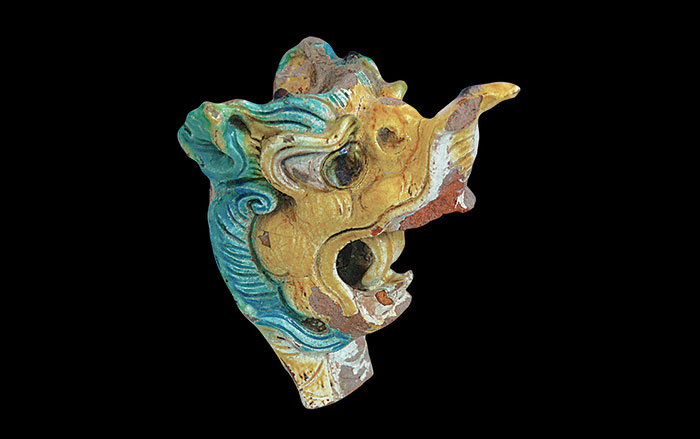
BRISTOL, ENGLAND—Chemical analysis of Neolithic pottery vessels from more than 150 archaeological sites in Europe has detected the presence of beeswax for the first time. Prehistoric rock art images and murals from ancient Egypt have suggested that early farmers kept bees, but this is the earliest possible evidence of beekeeping found to date. “Our study is the first to provide unequivocal evidence, based solely on a chemical ‘fingerprint,’ for the palaeoecological distribution of an economically and culturally important animal. It shows widespread exploitation of the honeybee by early farmers and pushes back the chronology of human-honeybee association to substantially earlier dates,” Richard Evershed of the University of Bristol’s Organic Geochemistry Unit said in a press release. For more on the technology of that era, go to "Neolithic Toolkit."











